Researchers develop titanium and copper heterostructured photocatalyst for conversion of CO2 into CH4
Green Car Congress
SEPTEMBER 10, 2020
Under illumination for 6 hours, the optimized reduced titania-Cu 2 O photocatalyst enables 0.13% photoreduction of highly diluted CO 2 with water vapors to 462 nmol g ?1 What if we drew inspiration from photosynthesis, the process by which plants use sunlight to convert CO2 and water into useful chemicals?

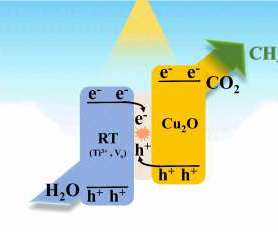
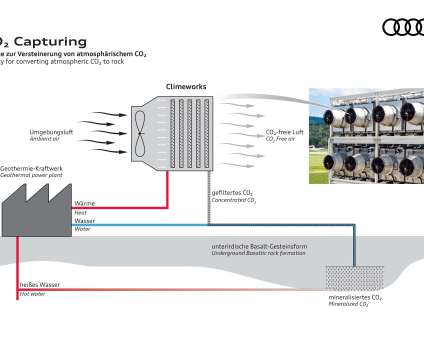
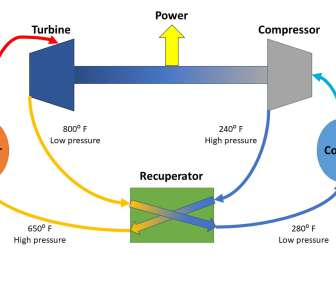







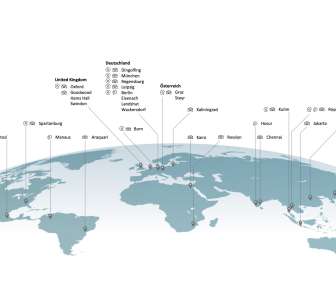



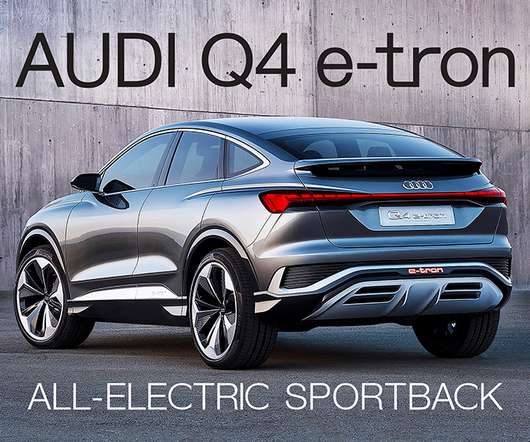

















Let's personalize your content